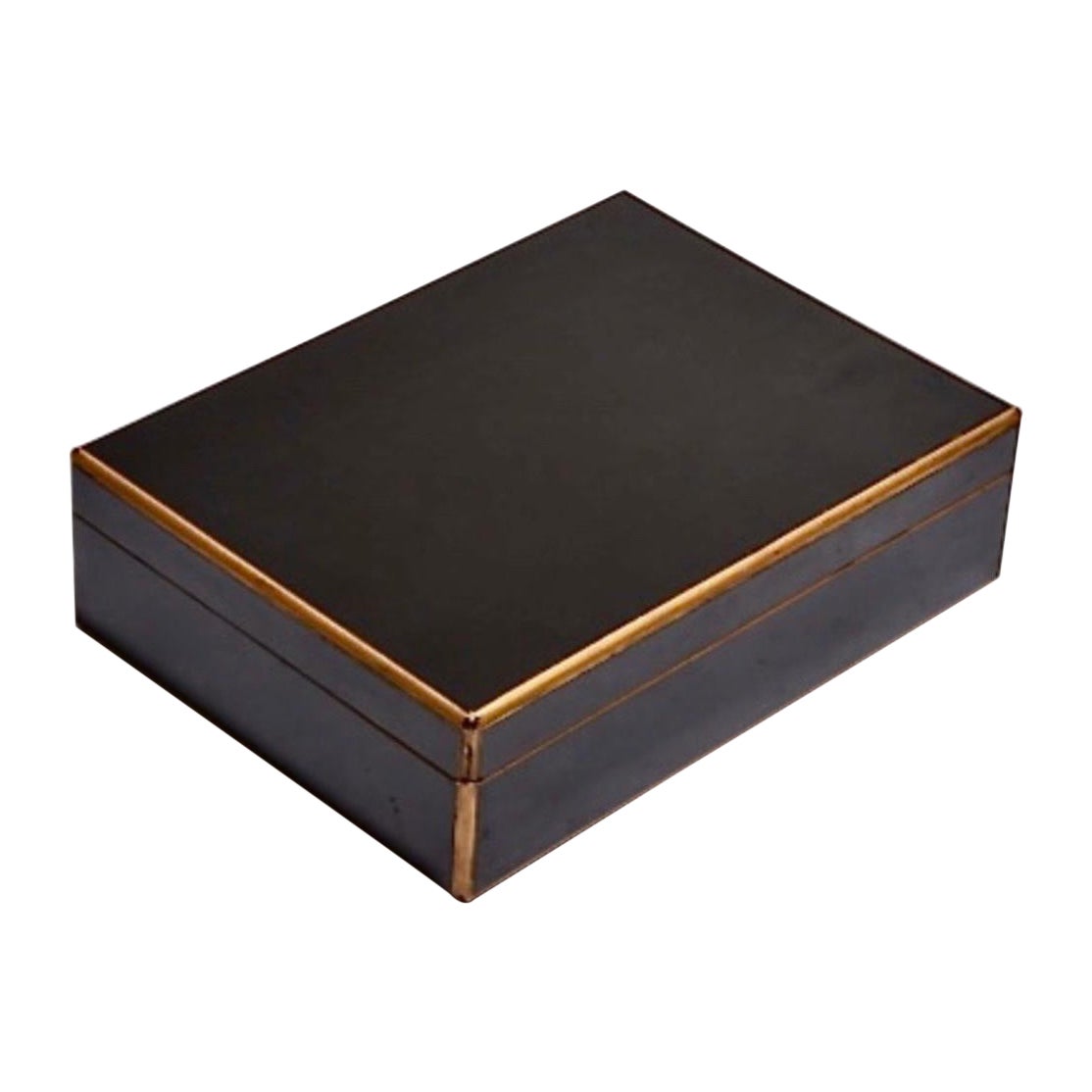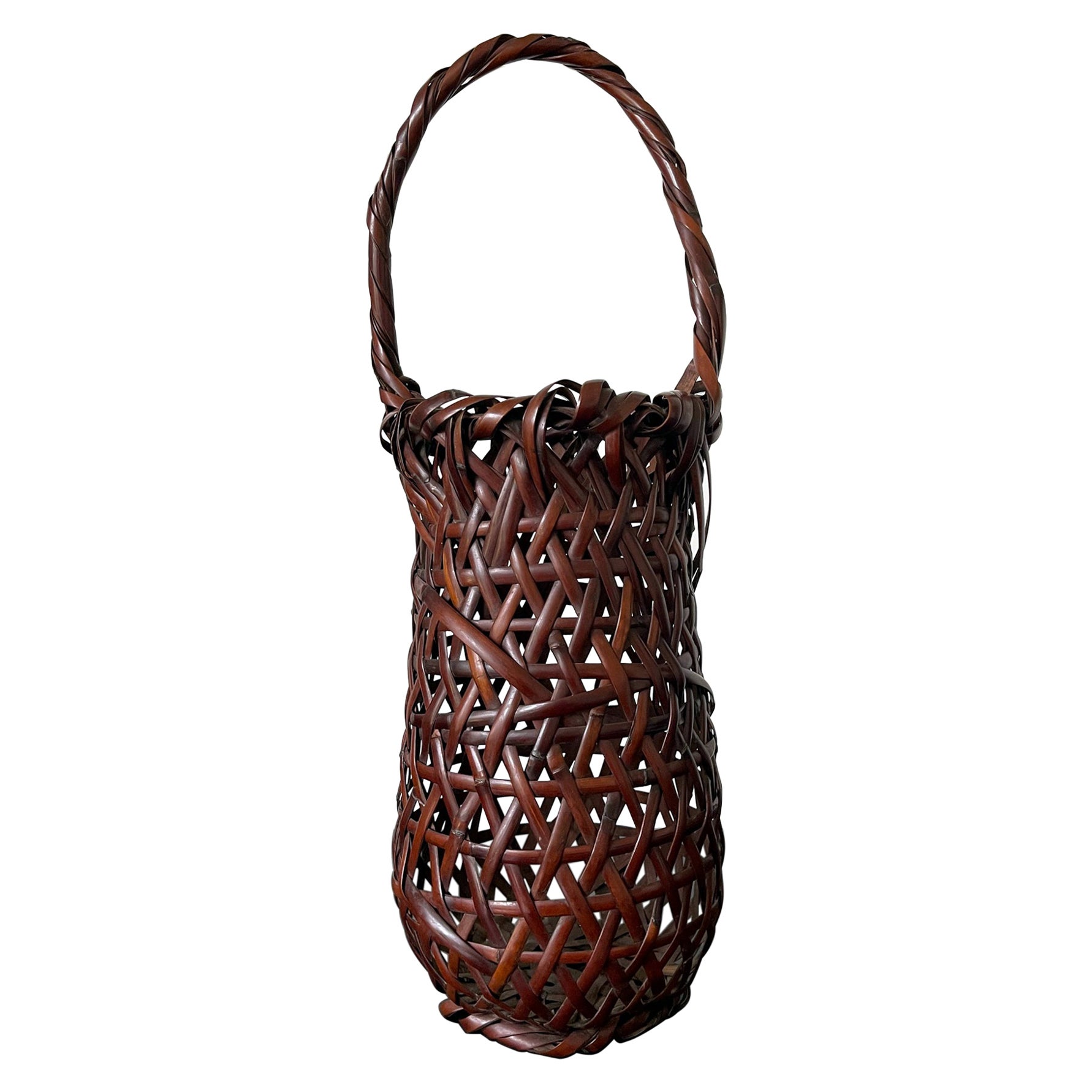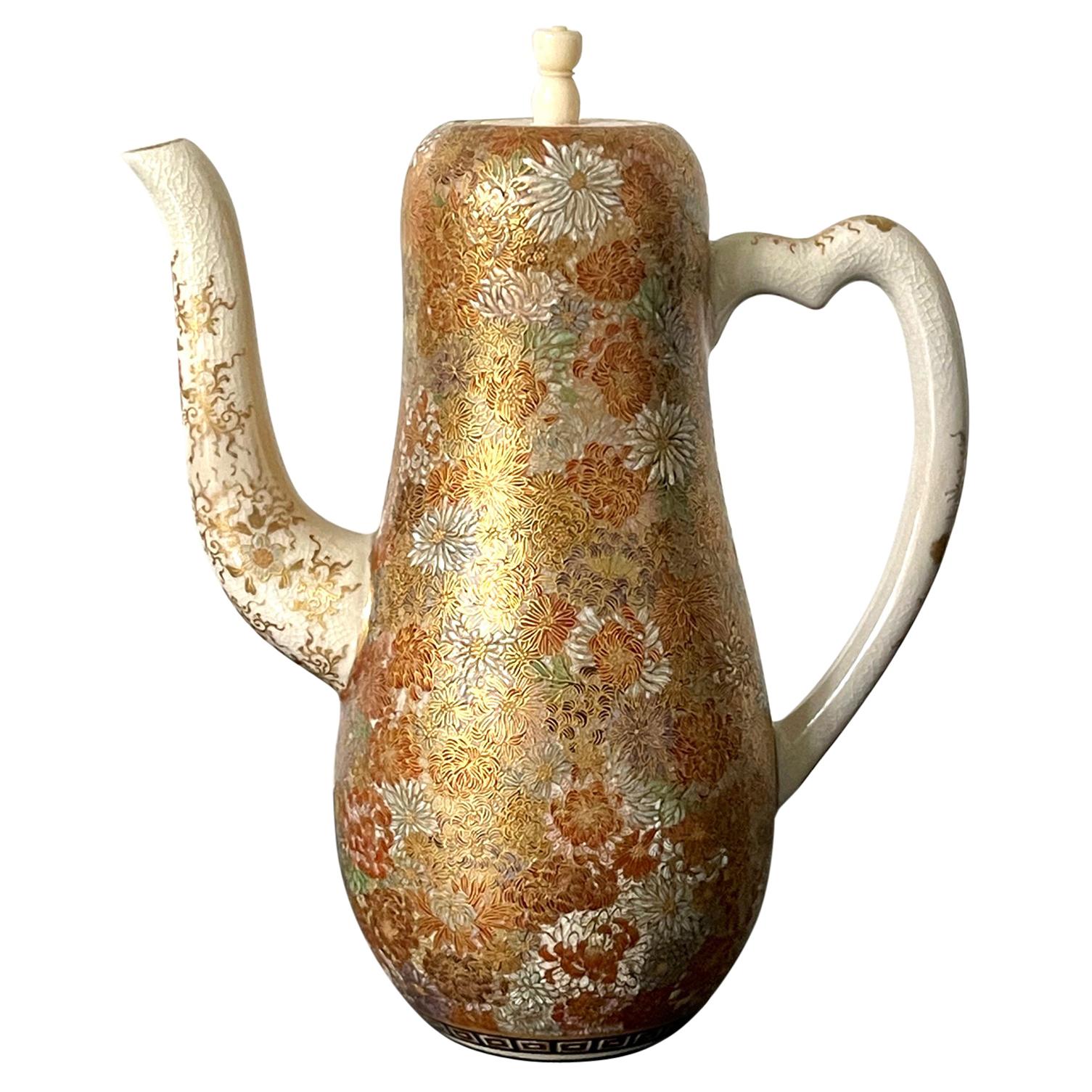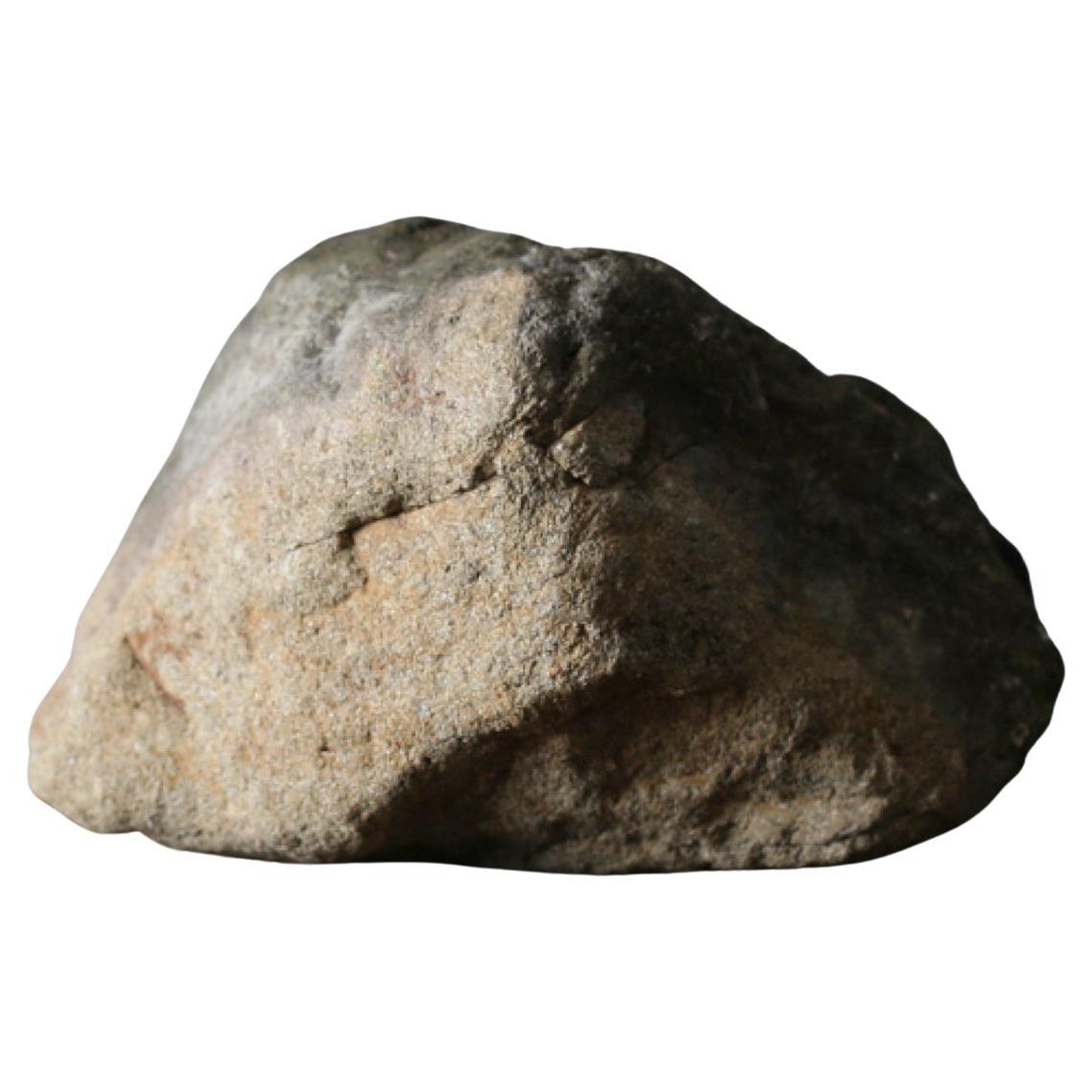Items Similar to Vintage Japanese Geisha Katsura Okimono Theatre Hair Wig & Case
Want more images or videos?
Request additional images or videos from the seller
1 of 13
Vintage Japanese Geisha Katsura Okimono Theatre Hair Wig & Case
About the Item
Vintage Japanese katsura or hair wig, elegantly styled for use in Noh theatre or by a geisha. The elaborately styled hair is decorated with embellishments of red and metallic silver paper ribbons, a yellowed plastic hair stick, and bow in metallic gold and silver. Wig features a metal frame inside to support the weight of the hair, and cloth ties. White wooden wig stand slots into black carrying case.
“Kazura (katsura) is a synonym for a wig used in Noh, and every female role uses one. Kazura was once made of human hair, but horsehair has also been used in recent years.”
“Post-WWII, geisha began to wear wigs (known as katsura) instead of styling their own hair, a trend which continues to this day. Geisha generally wear shimada-style wigs known as geigi shimada (芸妓島田), geiko shimada (芸子島田) or chū takashimada (中高島田). This style is distinguishable from the shimada that brides wear by its generally flatter and thinner appearance; the bin are smaller and less rounded, the mage is placed further back on the head, and the tabo is longer and thinner; the maegami is also typically not as full. Geisha katsura are styled to suit each individual's face, meaning that no two geisha katsura appear alike, whereas bridal shimada are typically rented and pre-styled, leading to less variation than is seen in the katsura geisha wear.
The style of shimada worn by older geisha to special events is known as the tsubushi shimada (潰し島田, lit. 'smashed shimada'). This style of shimada, worn by older women in previous centuries, is the flattest form of the shimada, with the mage pushed relatively far back off the head, appearing somewhat squashed with the usually-open loop of the mage crushed to form two smaller, tighter loops of hair.”
Dimensions:
Case - 14” x 11.5” x 15.5” / Wig Approx - 12” x 9” x 13.5” (Width x Depth x Height)
- Dimensions:Height: 15.5 in (39.37 cm)Width: 11.5 in (29.21 cm)Depth: 14 in (35.56 cm)
- Style:Japonisme (In the Style Of)
- Materials and Techniques:
- Period:
- Date of Manufacture:Mid 20th Century
- Condition:Wear consistent with age and use. Good Overall – Gentle wear; some dust.
- Seller Location:Dayton, OH
- Reference Number:
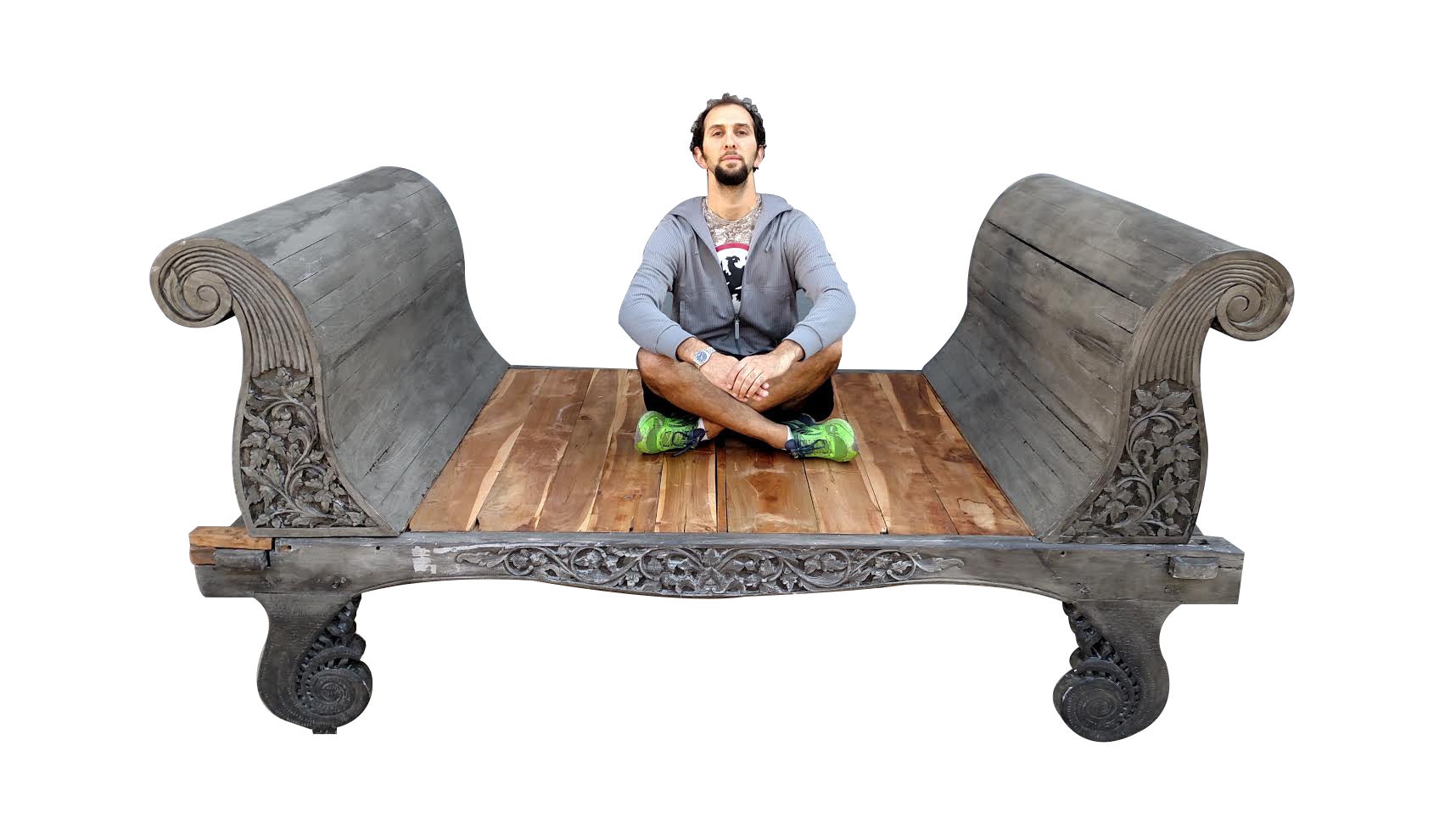
About the Seller
4.9
Platinum Seller
These expertly vetted sellers are 1stDibs' most experienced sellers and are rated highest by our customers.
Established in 2010
1stDibs seller since 2020
1,113 sales on 1stDibs
Typical response time: <1 hour
- ShippingRetrieving quote...Ships From: Dayton, OH
- Return PolicyA return for this item may be initiated within 2 days of delivery.
More From This SellerView All
- 4 Vintage Japanese Watercolor Paintings on Silk Geisha Seascape Landscape BoatsLocated in Dayton, OHLot of four vintage unframed Japanese paintings on silk including one of a female figure or geisha and three water and mountain landscapes w...Category
Late 20th Century Japonisme Paintings
MaterialsSilk, Paint
- Antique Japanese Meiji Era Porcelain Satsuma Figural Kutani Vase Fu Dogs GeishaLocated in Dayton, OH"Late Meiji era Kutani vase, circa 1903. A beautiful porcelain blue ground centered by an intricate Geisha flanked by gold figural Foo Dog handles. Features a floral and foliat motif throughout. Signed along the base. Kutani ware, Japanese porcelain made in Kaga province (now in Ishikawa prefecture). The name “Old Kutani” refers to porcelain decorated with heavily applied overglaze enamels and produced in the Kaga mountain village of Kutani. The powerful Maeda family had established a kiln there by 1656. The clay bodies used were gray and coarse-grained. On most pieces—dishes and bowls were especially common—a white or blue-white matte glaze was decorated in dark, restrained colours, initially greens, yellows, and some reds, and later purples and dark blues. Some items had cobalt blue decoration under a white glaze. The most noted Old Kutani pieces are “Green Kutani,” in which most of the surface is covered in a green or blue-green glaze to which one or two colours have been added (or the glaze is applied evenly over a design executed in black). The bold designs of Kutani ware drew freely from Chinese ceramics, paintings, and textiles. They are renowned for their rich pictorial ornament executed in lively, intense lines. Owing to local financial problems and difficulties in obtaining the necessary pigments, the Kutani kiln was abandoned some time in the Genroku period (1688–1704). Ceramics production in Kaga enjoyed a renaissance early in the 19th century, however, including the establishment of another kiln at Kutani in the 1820s. In addition to a revival of the styles of Old Kutani ware, there arose a style using gold on a coral-red ground, which was perfected during another spate of activity that began in the 1860s. Technical advances were made and Western-style pigments were adopted, and by the 1890s modern Kutani...Category
Antique Early 1900s Meiji Vases
MaterialsPorcelain
- 2 Vintage Japanese Tutanka Enamel Cloisonné Trinket Sushi Dishes Floral 5"Located in Dayton, OHPair of Tutanka enamel, Japanese wireless cloisonne trinket dishes / sushi trays, featuring a glittering white-silver background with pairs of thistles and daisies in green and purpl...Category
Late 20th Century Japonisme Serving Pieces
MaterialsEnamel
- 6 Vintage Reticulated Carved Bone Pendants Dragons Elephant Geisha Kwan YinLocated in Dayton, OHLot of 6 intricately carved bone pendants including one Chinese dragon, a pair of elephants, two geisha / female figures, and two in the shape of divine figure Kwan Yin. Dimension...Category
Mid-20th Century Chinoiserie Collectible Jewelry
MaterialsBone
- 2 Vintage Japanese Moriage Satsuma Pagoda Landscape Gold Filligree Lamps 40"Located in Dayton, OHTwo vintage Japanese Satsuma moriage painted table lamps. Made of porcelain featuring a chinoiserie theme landscape scene of pagodas, bridges...Category
Late 20th Century Japonisme Table Lamps
MaterialsPorcelain
- Vintage Japanese Thousand Flower Satsuma Porcelain Demitasse Tea Coffee SetLocated in Dayton, OHVintage Japanese Satsuma porcelain demitasse tea or coffee set featuring the thousand flower design with gold accents. Includes tea pot with ...Category
Late 20th Century Japonisme Tea Sets
MaterialsPorcelain
You May Also Like
- Finely Carved Japanese Okimono on StandLocated in Atlanta, GAAn antique Okimono (Japanese means artsy display ornament object) displayed on a small custom wood stand from Meiji Period circa early 2oth century. T...Category
Early 20th Century Japanese Japonisme Sculptures and Carvings
MaterialsWood
- Japanese Calligraphy BoxLocated in Pasadena, CAThis is a very elegant and simplistic Japanese lacquered calligraphy box that dates to the mid-20th century. The minimal refined designed box includes the brush and other required wr...Category
Mid-20th Century Japanese Japonisme Scholar's Objects
MaterialsWood, Lacquer
- Japanese Bamboo Basket Ikebana Suzuki GengensaiBy Suzuki GengensaiLocated in Atlanta, GAAn elegantly woven bamboo basket with handle as an ikenana container by Suzuki Gengensai (1891-1950) circa 1923-50. Suzuki Gengensai was from Kansai region and active in Osaka. He studied bamboo art under Yamashita Kochikusai (1876-1947) and became an independent artist in 1913. He received his artist name Gengensai in 1914 and in 1923 he changed the characters to Gen, a slight written variation of the character. This basket was signed in this later variation, which helps to date the piece to post 1923. The basket is woven entirely in a free style irregular plating on the body and with a twisted bundled handle. The surface is lacquered in a deep reddish color. The seemingly less rigid technique renders the piece a more rustic and natural aesthetic that is more suitable for certain occasions. It is singed on the base with artist's signature in the variation post 1923. A very similar basket of the irregular weaving but without the handle is illustrated in plate 72 in "Baskets Masterpieces of Japanese Bamboo Art...Category
20th Century Japanese Japonisme Scholar's Objects
MaterialsBamboo
- Japanese Satsuma Ceramic Ewer Yabu MeizanBy Yabu MeizanLocated in Atlanta, GAA Satsuma ware miniature ewer from the studio of Yabu Meizan (birth name Yabu Masashichi; 1853-1934), who was one of the most celebrated and collectible Satsuma artists from the Meij...Category
Early 20th Century Japanese Japonisme Ceramics
MaterialsCeramic
- Japanese Stone Object medium / wabi-sabiLocated in Sammu-shi, ChibaThis is an old Japanese stone object. This stone object has a beautiful black and beige gradation. An art object that gives you a sense of wabi-sabi. 6kgCategory
Antique 15th Century and Earlier Japanese Japonisme Scholar's Objects
MaterialsStone
- Elegant Japanese Lacquered Ikebana Bamboo BasketLocated in Atlanta, GAA vintage Japanese ikebana made from lacquered bamboo basketry circa first half of the 20th century. This piece of bamboo art displays an very light and delicate classic tapered squa...Category
Early 20th Century Japanese Japonisme Scholar's Objects
MaterialsBamboo, Rattan
Recently Viewed
View AllMore Ways To Browse
Pair Alabaster Table
Usa Made Vases
Monaco Mirror
Yellow Tableware
The Widdicomb Furniture Co
Pair Of Barovier Toso Mid Century Modern
Hand Carved Baroque Chair
Pair Of Upholstered Small Living Room Chairs
English Oak Chest Drawers
French Neoclassical Style Chair
Buddha Set
Floor Lamp Sweden 1940s
Signed Black Leather Sofa
1920s Vase Green
King Size Metal Frame
Authentic Midcentury Modern Lounge Chairs
German Bubble Sconces
Czech Ceiling Light

